The King’s solar plans for Sandringham – and their potentially unwanted consequences
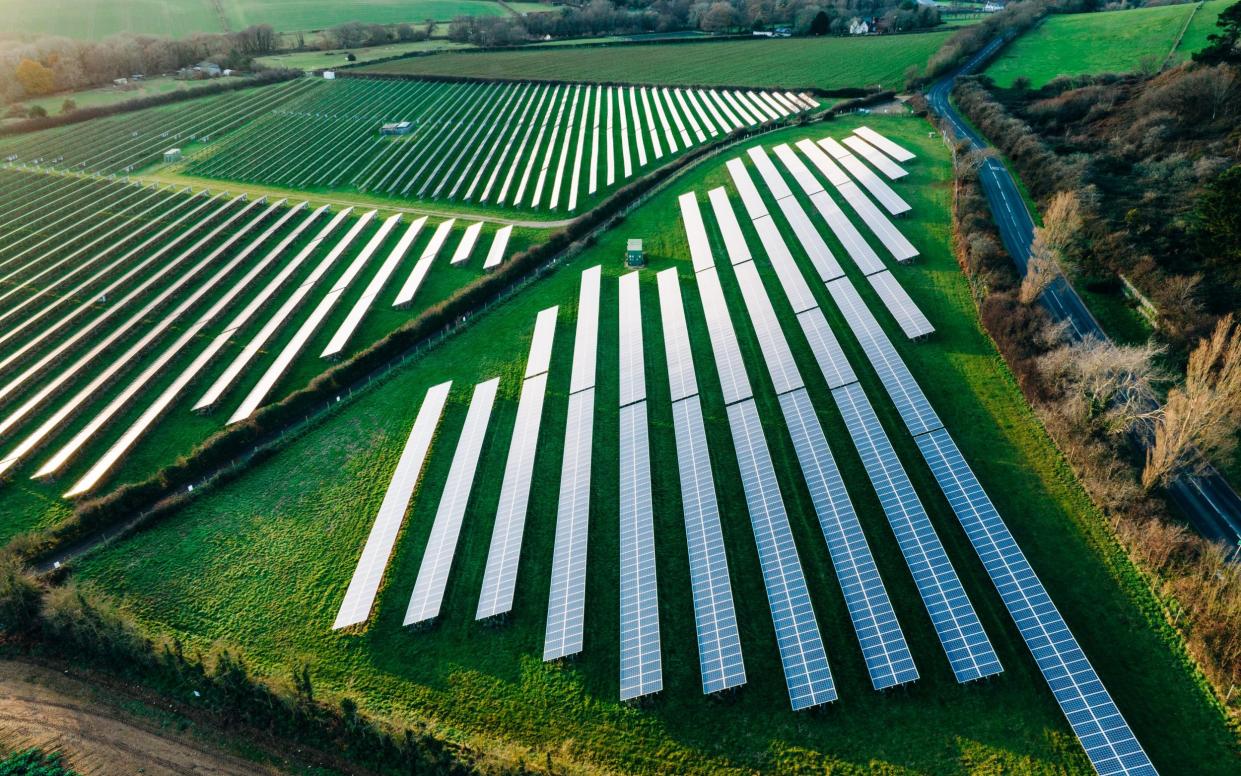
After inheriting a property, it is only natural to do the place up a bit. You want it to reflect your interests and tastes, rather than your parents’. A lick of Farrow & Ball Elephant’s Breath here, a snooker table there, finally getting rid of that mangy old sofa.
For King Charles, it means going green and going big. Less than a year after Charles’s coronation, the Sandringham Estate, his Norfolk residence, has applied for permission for a hulking great solar farm within its 21,000 acres of grounds.
According to planning documents submitted last week, the proposed project, comprising 2,000 panels on land off Admirals Drive, near the Royal Sawmill, would supply 1.9 megawatts of electricity per year, “the majority of the estate’s electricity demand, with a modest amount of spare capacity exported to the grid”.
The documents say the solar farm would be part of the estate’s “ongoing commitment to sustainability and promoting environmental practices”. If given the go-ahead, it will replace a paddock currently used to graze horses.
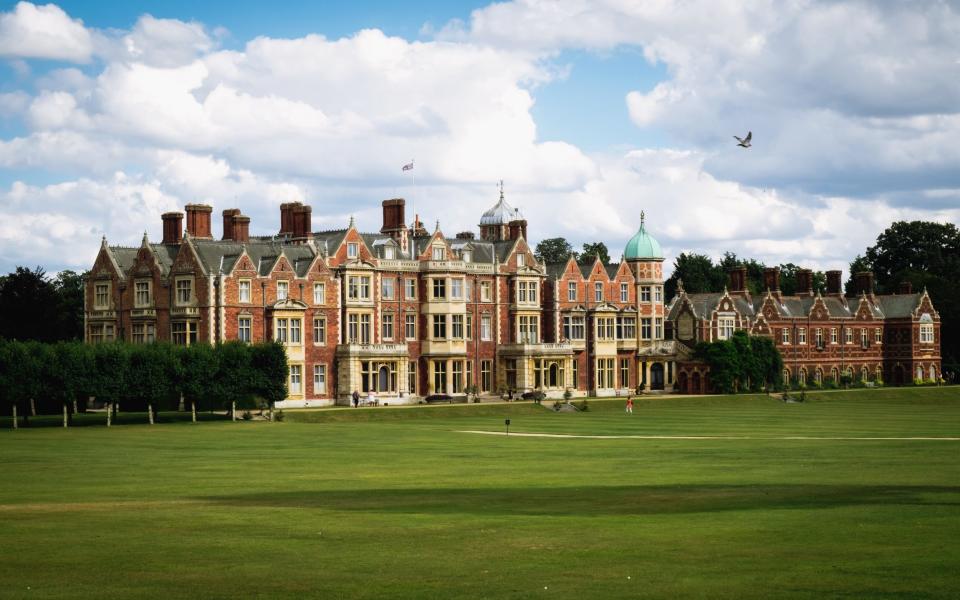
The project has the backing of several high-profile environmentalists. The author Tony Juniper is the King’s former environmental adviser (he is also chair of Natural England, but not speaking in that capacity).
“It’s a significant installation,” Juniper says. “It reveals how renewable power – which not so long ago was seen as a bit marginal and novel, a bit unrealistic as a major contributor to our electricity needs – is going mainstream and gathering scale. It’s fantastic to have the leadership of His Majesty the King in making this practical step. It’s hopefully something that will lead others to be inspired to see the potential for renewable electricity.”
Others believe that the King’s decision to put in an array on a decent scale, rather than a few token panels, proves how far solar power has come as a source of energy.
“It demonstrates how much of a mainstream technology solar is now,” says Chris Hewett, the chief executive of Solar Energy UK. “It is the cheapest way of generating electricity in the country, alongside onshore wind. If you want to power an estate, or factory, or your home, it’s a cost-effective way of doing it. The overall costs of the technology have fallen about 90 per cent over the past 10-15 years. There are now 1.5 million homes in the UK with solar in their roof. And half a million of those have been since the subsidy stopped.”
He adds that improving technology also means panels can be cost-effective even in parts of the world that are not known for being sunny. It’s easy to see why solar might be effective in Morocco, say, or China and India, where many of the largest solar plants are located. But not Norfolk.
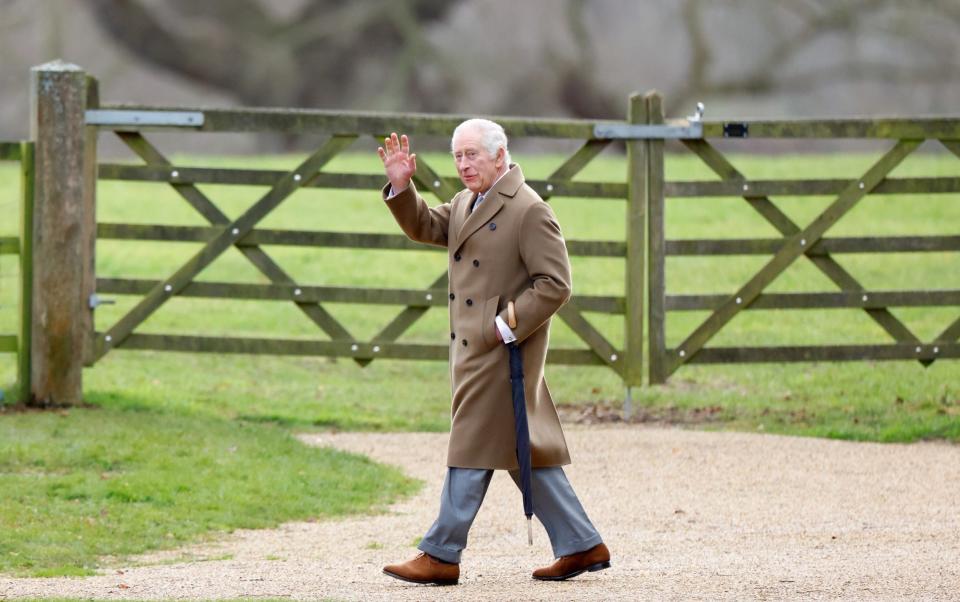
“The technology has improved so much that solar is cost-effective almost everywhere in the world,” Hewett adds. “There are solar farm projects being looked at in the north of Scotland. It works even better further south. One of the factors is that it’s not about heat and sun but daylight. It’s most effective at a lower temperature. If you get a lot of daylight in a temperate climate, that’s very good for the technology.”
Some hope that King Charles’s influence will raise awareness of the UK’s global status in the field. “Typically now you get your money back within five to seven years, even in a country where we only get extensive sunlight half the year,” says Prof Tapas Mallick, a professor of clean technologies at the University of Exeter.
“It’s very symbolic that a head of state has decided to do this, a very welcome step,” he adds. “Britain is leading the way in solar technology.” Earlier this month, an Oxfordshire-based firm, Space Solar, revealed a prototype for a solar farm in space. This system envisages installing giant mirrors in space that would gather sunlight and beam it back to Earth, bypassing the pesky clouds over the east of England.
However, not everyone is quite so enthusiastic. The Sandringham farm will replace paddock rather than arable land, but some worry that the King’s example will give licence to campaigners with less sensitive schemes.
“The Sandringham scheme is about two hectares, which is neither here nor there in the grand scheme of things, and it’s not on productive agricultural land either,” says Prof Michael Alder, the ex-chair of the UK Solar Alliance. “Solar energy is renewable energy and we’re all for that. We don’t have a problem with that. But our view is there is good solar and bad solar. I would say Sandringham is good solar. Our concern is four or five-thousand-acre schemes on valuable farmland which put food security at risk.”
The UK Solar Alliance, a group set up to help campaigners against large solar farms on UK farmland, is organising a demonstration in Westminster on Thursday, to coincide with a debate in Westminster Hall. It is protesting against the growing number of large 50-megawatt-plus solar developments being built on land that might otherwise be used for growing crops.
“There’s a danger [Sandringham] can be misinterpreted and used as an excuse for rapid expansion where it’s not appropriate,” Alder adds. “Sandringham is fine, but it mustn’t be an excuse for expanding all over the country.
“I think if you were able to interview the King he would equally be concerned about the loss of good farmland. It’s all a balance. There’s a trade-off when you change land use. I would say in his case it’s positive, but in other cases it isn’t.”
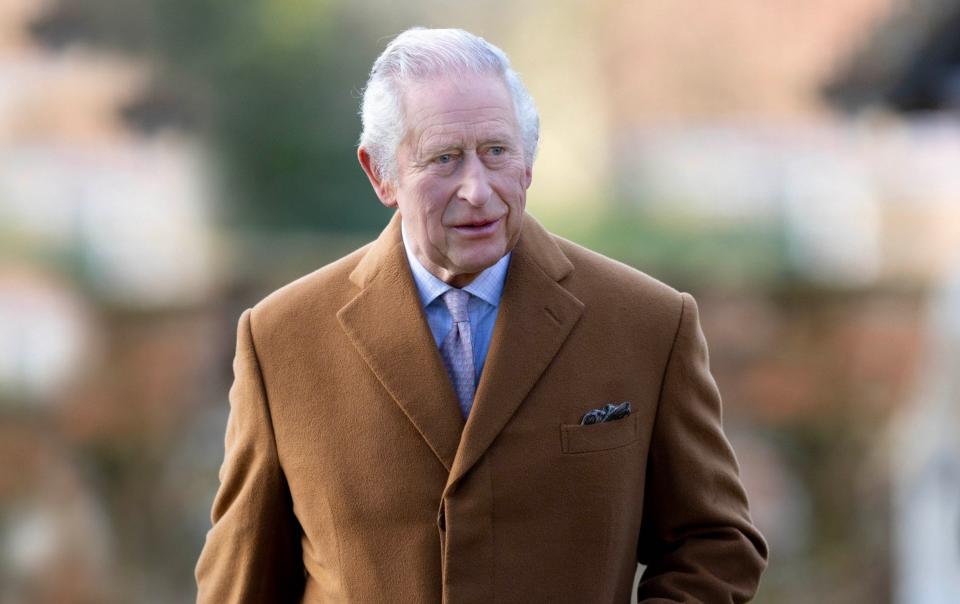
Waste is another significant concern. Panels are designed to last 25 years or so. Bloomberg NEF, a research organisation, has estimated that the global annual volume of solar panel waste will grow to more than 10 million tons by 2050 – up from 30,000 metric tons in 2021. Other estimates say this could be much higher. Ute Collier, of the International Renewable Energy Agency, has suggested it could be 200 million tons.
In Bangladesh, there is a growing realisation of the problems of not having a functioning recycling system. In Dhaka alone, nearly 81,000 rooftop solar systems have been installed, but an estimated 80 per cent are reportedly not functioning, with many simply removed and discarded with waste destined for landfill.
Here in the UK, there are insufficient recycling facilities at present – with just one small site in Scunthorpe – but it is an issue being examined. In Grenoble, France, the specialist solar recycling company ROSI works at extracting silver, copper and silicon and hopes it will one day be able to extract and re-use 99 per cent of a unit’s components.
There are also objections to solar farms on aesthetic grounds, the hectares of sprawling gleaming blue-black panels not being especially green or pleasant. Some residents have complained that their beautiful landscape is being ruined in the quest for cleaner energy. In 2021, the Midsomer Murders actor John Nettles joined a chorus of opposition to a site in Devon.
“Enough is enough,” he said. “People need to understand the enormous scale and visual impact.”
He added: “The giant new project at Derril Water would desecrate the pastoral vista in this part of Devon, turning it into an industrialised landscape of solar panels and security fencing.”
The planning documents for the Sandringham plan promise that the panels will be “well-screened” by trees. And besides, says Chris Hewett, there can be other environmental benefits to the array, beyond green energy.
“There have been some views that solar is unpopular in parts of the countryside,” he says. “The fact the King is willing to put a solar farm in his own backyard is symbolic as well. It’s going to be carefully sited.
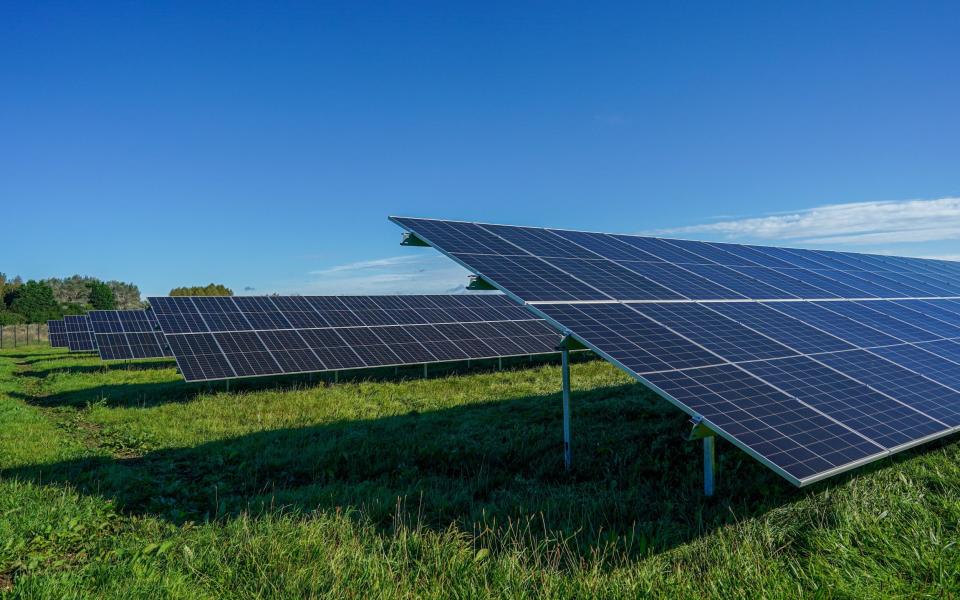
“Solar farms can often have ecological benefits as well as the energy ones,” he adds. “If they are well looked after, you can seed the grass around the farm like a wildflower meadow, to increase biodiversity. We see increases in butterflies, bees and birds.”
The buzzing of bees and chirruping of birds will be music to the ears of a King who has prioritised environmental causes for decades, from reducing carbon usage to organic farming. He took over the management of Sandringham from his father, the late Prince Philip, in 2017, and has already implemented several changes. He has planted hedgerows and trees, installed bird boxes and turned its farm organic. In 2022, a small solar array was installed on the roof of Sandringham House. At an event in Dubai last year, the King said that dealing with climate change was a “job for us all,” adding that “change will come by working together and making it easier to embrace decisions that will sustain our world, rather than carry on as though there are no limits.”
A decision on the Sandringham proposal is expected later this year. Should it go ahead, after 50 years as the son-in-waiting, King Charles may find himself waiting for the sun.

 Yahoo News
Yahoo News 
